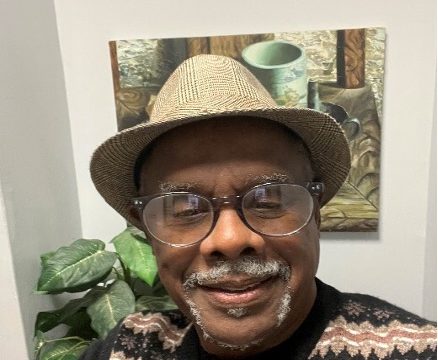
Dr. Martin L. King, Jr., Rosa Parks, Medgar Eversand Fannie Lou Hamer are some of the many leaders who paved the way through the rocky history of the Civil Rights movement in the United States. But the movement would not have succeeded without the contributions of people from all races, among them philanthropist Julius P. Rosenwald, whose name is associated with hundreds of schools for Black students throughout the south.
But first, we should remember the many largely unreported Black/Jewish American partnerships in that history. Case in point is the relationship between Dr. King and close friend and advisor Stanley Levinson, a Jewish American.
In his recent piece, “The Difference It Made When Two White People Made The Ultimate Sacrifice For Civil Rights,” writer William Spivey said “In telling Black history, the sacrifices of white people aren’t always remembered. Without the combined efforts of Black and white people, success will always be a goal and not a result.” The two people he referred to? Andrew Goodman and Michael Schwerner, Jewish Americans who lost their lives with African American James Chaney while registering Black voters in Mississippi.
But I digress. Back to Mr. Rosenwald.
Between 1917 and 1932, nearly 5,000 rural schoolhouses known as Rosenwald schools came to serve more than 700,000 Black children over four decades. It was through the shared ideals and a partnership between Booker T. Washington, an educator and prominent African American thought leader and Rosenwald, a German-Jewish immigrant who accumulated his wealth as head of the retailer, Sears, Roebuck & Company, that Rosenwald schools would come to comprise more than one in five Black schools operating throughout the South by 1928.
In Georgia, 242 schools were constructed with the aid of Rosenwald funds, and 103 of the state’s counties had at least one Rosenwald school.
Today only about 500 schools remain, relics of a time before segregation ended in 1954. Some have been repurposed into museums, rebuilt or closed down completely.
Now Rosenwald had a simple philosophy when it came to philanthropy, “What I want to do is try and cure the things that seem wrong.” He was deeply concerned about justice for all and believed that the plight of African Americans was connected to the inequities faced by Jews throughout history. Therefore his connection with Booker T. Washington was natural. He met Washington in Chicago in 1911 at a fundraiser and was inspired by Washington’s vision, one he also shared.
Unfortunately, Rosenwald’s diverse humanitarian legacy is largely unknown today due to his practice of keeping his name off the projects he funded. But his business acumen helped create a retail revolution through his leadership of Sears, Roebuck & Company, and his generous investment in people, particularly African Americans, made a lasting impact on the country in the early 20th century and beyond.
Inspired by Booker Washington in the early 1900s, in 1917 Rosenwald established the Julius Rosenwald Fund, the chief purpose of which was the improvement of education for African Americans.
Augmented by local taxes and private gifts and working in partnership with Washington, the fund paid for the construction of roughly 5,000 schools—later dubbed Rosenwald schools—in 15 southern states. The fund also gave fellowship grants to Black artists and writers, including Marian Anderson, Maya Angelou, W.E.B. Du Bois and Langston Hughes.
Now here’s a little known fact: Rosenwald’s philanthropic efforts in funding schools also benefited African Americans with his support of the Young Men’s Christian Association (YMCAs) facilities. YMCAs could be found in white communities across America but YMCAs in African American communities often lacked the resources of their white counterparts.
In 1910, the YMCA approached Rosenwald with a proposal to build a new location in Chicago. He agreed, but only if a facility for African Americans was also constructed. “I won’t give a cent to this $350,000 fund,” Rosenwald told the group, “unless you will include in it the building of a Colored Men’s YMCA.”
Well, the YMCA agreed, and opened the Wabash Avenue YMCA in 1913.
https://www.hiramrosenwaldschool.org
For those desiring to experience a nearby Rosenwald school I conclude this narrative with a recommendation that you visit the Rosenwald School Museum in Hiram, Georgia. It’s a once in a lifetime, breathtaking experience, believe me.
So here we are more than a century after Rosenwald’s money matched his actions, decades after young Andrew Goodman and Michael Schwerner were brutally assassinated in Mississippi, when by their actions these men handed this nation a template for living out its values in forging a most just society. What they did was courageous, unique and monumental.
And above all, it was unforgettable.
And still is.
© Terry Howard is an award-winning writer and storyteller. He is a contributing writer with the Chattanooga News Chronicle, The American Diversity Report, The Douglas County Sentinel, Blackmarket.com, co-founder of the “26 Tiny Paint Brushes” writers’ guild, recipient of the 2019 Dr. Martin Luther King, Jr. Leadership Award, and third place winner of the 2022 Georgia Press Award.


